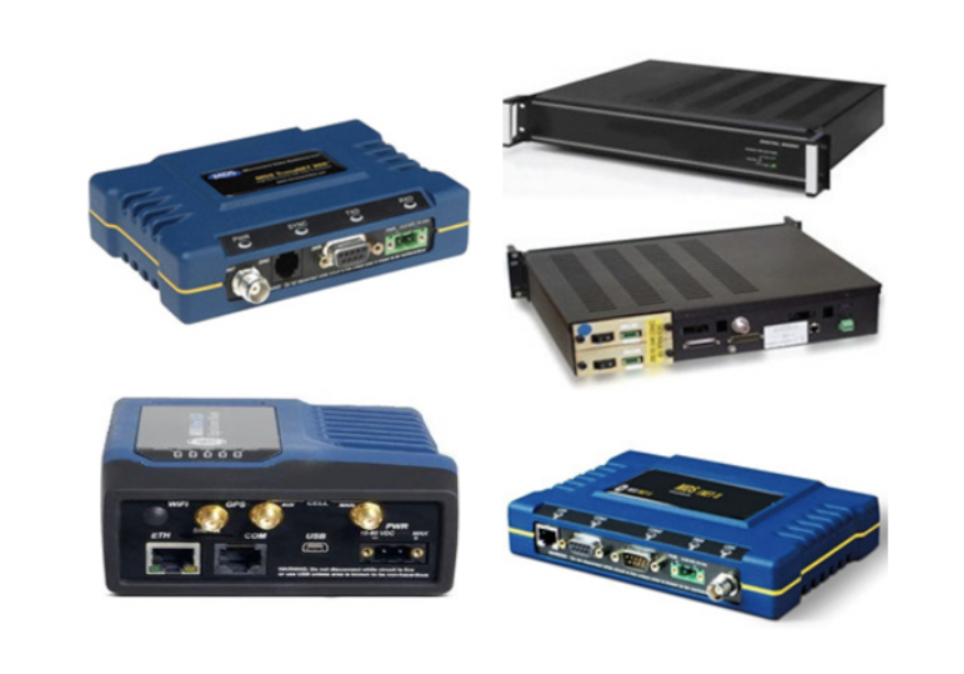MDS Radios

GE MDS radios, available from RSP Supply, deliver reliable, long-range industrial wireless communication for SCADA, telemetry, and automation systems. Designed to carry serial and IP/Ethernet traffic over both licensed and unlicensed narrowband frequencies, MDS radios are built to perform in harsh, mission-critical environments.
MDS TransNet radios provide transparent data communication for nearly all major industrial protocols, including Modbus, EFM, and telemetry systems, with data rates up to 115.2 kbps. MDS iNet radios combine Frequency Hopping Spread Spectrum and Digital Transmission Systems for unlicensed, high-speed Ethernet and serial connectivity. MDS SD radios enable licensed-band operation, supporting both IP/Ethernet and serial communication on the same network, while MDS Orbit radios integrate cellular, Wi-Fi, and radio connectivity for next-generation industrial networking.
More Information about MDS Radios
MDS iNet radios provides long distance, unlicensed communication allowing users to interface with Ethernet and serial controllers. The iNet series combines FHSS and the higher speed of Digital Transmission Systems (DTS) to provide higher data capabilities than typical communications systems can provide.
MDS SD radios operate over licensed radio bands over long distances allowing users to interface with Ethernet and serial devices such as RTUs, PLCs and meters with control systems and host monitoring. The SD series operates IP/Ethernet and serial communication on a single network and can connect multiple host systems to a single Access Point radio.
MDS Orbit radios are the next generation of industrial wireless communication devices, integrating cellular, unlicensed radio, licensed radio and Wi-Fi networking technologies. Orbit radios can have one or two communication components in each device.
FAQs
Q: What are GE MDS radios used for?
GE MDS radios provide wireless data communication for SCADA, telemetry, and industrial control systems, transmitting critical information between remote sites and control centers.
Q: What types of GE MDS radios are available?
RSP Supply carries the full lineup, including MDS iNet, SD, and Orbit radios, covering both licensed and unlicensed frequency bands.
Q: Can MDS radios transmit Ethernet and serial data?
Yes. GE MDS radios handle Ethernet and serial communication simultaneously, allowing integration with RTUs, PLCs, meters, and control systems.
Q: Are MDS radios suitable for harsh environments?
Absolutely. MDS radios are tested to industrial-grade standards and are known for their rugged construction and reliability in extreme conditions.
Q: Do GE MDS radios support long-distance communication?
Yes. MDS radios are engineered for long-range wireless operation, using advanced technologies like FHSS and DTS to maintain stable, secure connections across large networks.
Why Buy from RSP Supply
At RSP Supply, we provide authentic GE MDS radios and accessories backed by expert support and fast delivery. Our team helps customers select the right radio solution - whether for SCADA expansion, remote monitoring, or industrial control systems.
We offer competitive pricing and deliver exceptional technical assistance to ensure your network stays connected and efficient.
Choose RSP Supply for trusted industrial communication solutions from GE MDS - built for performance, reliability, and real-world dependability.

